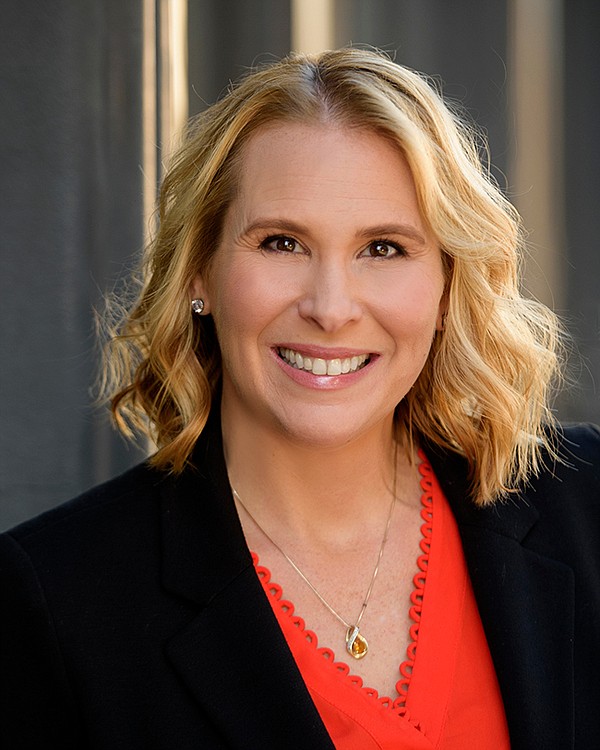RETAIL
Getting a Handle on the ‘Smash and Grab’ Epidemic
“Shrink” is retail-speak for inventory lost to shoplifting. And shrinking, you could say, is expanding—quite dramatically.
Last month, Nordstrom shuttered its San Francisco location, where it had stood for 35 years. Announcing the closure in May, Nordstrom officials said the “dynamics of the downtown San Francisco market have changed dramatically over the past several years, impacting customer foot traffic to our stores and our ability to operate successfully.” And word on the street, from coast to coast, is that shoplifting is up dramatically, with a new video going viral almost daily.
So with “smash and grab” becoming part of the new-normal lexicon, the California Apparel News decided to reach out to the California Retailers Association, the trade organization based in Sacramento, Calif., that advocates on behalf of merchants. Rachel Michelin, president of the CRA, breaks down the current landscape, with advice to both shoppers and storeowners.
CAN: What seems to be the timeline of the rise in shoplifting?
RM: It’s been building gradually since 2014 when we passed Proposition 47, which took away the ability to aggregate up to a felony for petty theft with a prior. When it was a felony, it got people into diversion programs so there was a pathway for people who were stealing because they had addiction or mental-health issues. Also, these activities are now being promoted on social media, which I think has added to it. Flash mobs are something we hadn’t seen in the past. Finally, thanks to phone cameras, we’re now much more aware of the problem. But it is certainly spreading and not just in cities; it’s getting into the suburbs.
CAN: How would you characterize the problem in everyday language? How bad is it? Will shopping districts disappear? Where are we now?
RM: Walk into any store. You’ve got products locked up. Law-abiding citizens have to wait for products to be gotten for them. I said two years ago that if we don’t get a handle on this, national brands will leave, and no one believed me, but now look. Until we hold people committing crimes accountable for their behavior, we’ll continue to see stores making the decision to close. And it’s not just about making money but also the safety of employees and customers. We’re having stores being called a nuisance for calling the police because of too much retail theft yet we can’t get laws passed to hold people accountable. And district attorneys, particularly in Los Angeles County, let people out in 24 hours for smash and grab. And for every large store you hear about, I guarantee three or four small retailers in that vicinity were hit as well. I was shopping with my daughter recently at a major mall, and we’re walking past armed guards. We shouldn’t have to do that. It feels like we’re trying to accommodate criminals.
CAN: Welcome to the world where everything is upside-down. Speaking of safety, what should those independent shops do these days? Accommodate the criminals?
RM: I know it’s hard to watch people committing crime, but don’t engage. They could be high on fentanyl or have mental-health issues. Just be a good witness and note defining characteristics. We don’t want employees or customers being put in harm’s way. Just relay the information to law enforcement.
CAN: What are you working on right now?
RM: We’re sponsoring legislation that tries to bring back consequences for behavior, but they’ve recently failed in the state assembly. We hope to have a bill on the ballot in 2024 that will bring back many of the pre–Prop 47 laws for retail theft and also encourage people to get help. Because what we see is a cycle of addiction, theft and buying drugs and we can’t stop the cycle.
CAN: What do the thieves do with all this merchandise? Put it on eBay and sell to innocent shoppers who think they’re getting a bargain?
RM: Some sell it on the street corner; other times it gets shipped to another state or even country. There are also organized-crime rings that are part of this whole equation who prey upon vulnerable populations by having them steal for them.
CAN: In regard to selling on the street, there’s an irony in that previously such goods were counterfeit while now they’re all too genuine.
RM: Yes, and I also think there’s a responsibility consumers have. If you truly want to help us get our arms around this problem, think twice. If you see a luxury bag being sold on the street for a steal, it probably is stolen. A lot is put on retailers, law enforcement and DAs, but I do think people have a responsibility to be an educated consumer.






















